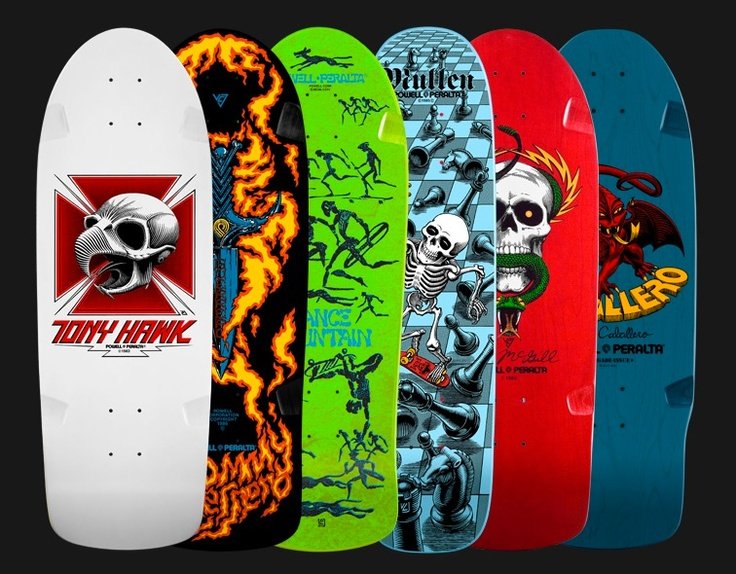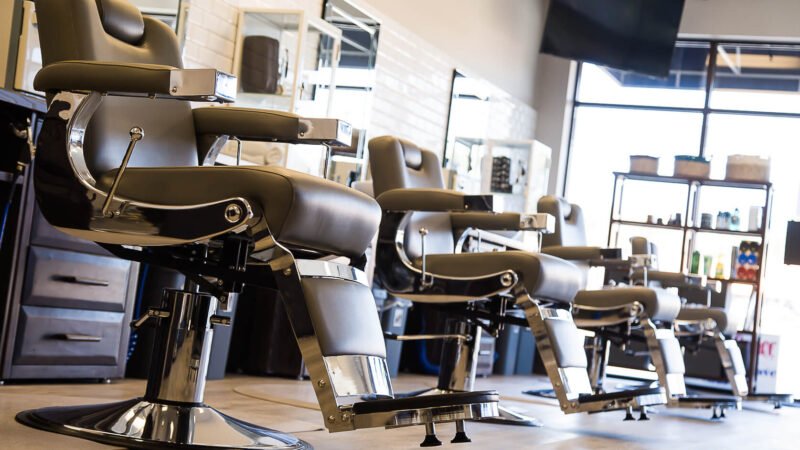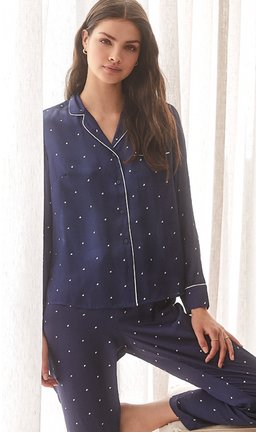Winter can be harsh in some parts of the world. In weather like that one…
The Longboard Skateboard: A Survival Guide for First-Time Riders

When most people think of longboards, they think of the Hawaiian stereotype: a board with huge, wobbly wheels and a maxed-out cruising speed. While this might be true for some loaded longboards, the recent resurgence of this mode of transportation has resulted in an influx of new kinds of longboards–some designed for speed and some for tricks. So, if you’re thinking about trying out this trendy form of transportation, read on! We’ll teach you the basics of longboard skating, from picking out the right board to avoiding common mistakes.
1. How to choose a longboard for beginners?
So, you want to try out longboarding? Lucky for you, there are a ton of different longboards out there that are perfect for beginners. The most important thing to consider when choosing your first board is the type of riding you want to do. Downhill longboarding is a high-speed activity that involves travelling down a hill as fast as possible. If you’re just starting out, we don’t recommend trying this until you have some experience under your belt. Cruiser longboards are better suited for beginner riders and are perfect for getting around town. They typically have a more relaxed shape and a lower centre of gravity, making them more stable and easier to control. If you’re not sure which board to choose, ask the staff at your local skate shop for help. They’ll be able to help you find the perfect board for your needs and experience level.
2. What does a longboard consist of?
A longboard is typically composed of 6 different parts: the deck, the trucks, the bushings, the bearings, the wheels, and the grip tape. Let’s explore each one in more detail. The deck is the main part of the longboard and is what you stand on. It’s typically made from maple or bamboo and comes in a wide variety of shapes and sizes. The trucks are attached to the bottom of the deck and are responsible for turning the longboard. The bushings are located between the deck and the truck and help to absorb shocks. The bearings allow the wheels to spin and come in different sizes depending on your longboard. The wheels determine how fast or slow you’ll go and also affect your turning radius. Lastly, the grip tape prevents you from slipping off the deck.
3. How to stand on a longboard?
There’s a right and wrong way to stand on a longboard. If you’re not standing in the right spot, you’ll quickly find yourself eating pavement. Here are the basics: Your front foot should be at the very front of the board, just behind the trucks. Your back foot should be in the middle of the board. This will give you the most stability and control. When you’re ready to push off, remember to keep your back foot in place and use your front foot to power yourself forward.
4. How to turn on a longboard?
It can be a little daunting when you’re first starting out and don’t know how to turn on a longboard. Not to worry though, it’s actually pretty easy! Here are the basic steps: 1. Make sure your longboard is in the correct position—meaning the front truck is facing forward. 2. Grip the board between your legs, just in front of the back truck. 3. Apply pressure to the back truck with your back foot, and use your front foot to push off and turn. You should start to feel the board turning beneath you. Practice makes perfect, so keep at it and you’ll be shredding down the street in no time!

Conclusion:
Riding a loaded longboards is a great way to get around, and it can be a lot of fun too. But before you can enjoy the experience, you need to know the basics about how to ride a longboard. In this guide, we’ll teach you everything you need to know about how to choose a longboard, how to stand on it, and how to turn. So whether you’re a beginner or an experienced rider, this guide has something for everyone.












